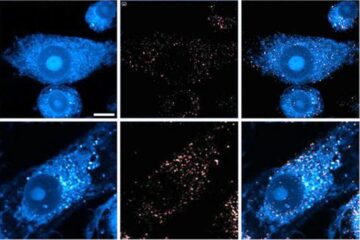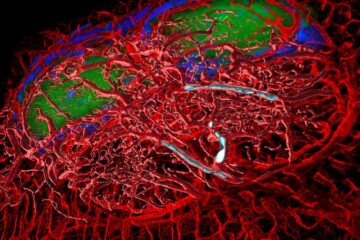Low vitamin D linked to higher risk of hip fracture

Jane A. Cauley, Dr.P.H., professor of epidemiology, and colleagues evaluated patient data on 400 women enrolled in the Women’s Health Initiative Observational Study Cohort who had experienced hip fracture, confirmed by their medical record, over a median of 7.1 years.
Levels of 25 hydroxyvitamin D, an indicator of vitamin D status, in the bloodstream were measured for these patients and compared with those of a control group matched for age, race, ethnicity and the date of relevant blood work. As vitamin D concentrations decreased, the risk of hip fractures climbed.
“The risk of hip fractures was 77 percent higher among women whose 25 hydroxyvitamin D levels were at the lowest concentrations,” said Dr. Cauley, who has spent much of the past 15 years investigating the physical changes that take place in postmenopausal women. “This effect persisted even when we adjusted for other risk factors such as body mass index, family history of hip fracture, smoking, alcohol use and calcium and vitamin D intake.”
Vitamin D deficiency early in life is associated with rickets – a disorder characterized by soft bones and thought to have been eradicated in the United States more than 50 years ago.
Though the exact daily requirement of vitamin D has not been determined, most experts think that people need at least 800 to 1,000 international units a day. Many experts believe the current recommended levels of 400 IUs daily should be increased.
The vitamin is manufactured in the skin after sun exposure, and is not available naturally in many foods other than fish liver oils. Some foods are fortified with the vitamin.
Media Contact
More Information:
http://www.upmc.eduAll latest news from the category: Health and Medicine
This subject area encompasses research and studies in the field of human medicine.
Among the wide-ranging list of topics covered here are anesthesiology, anatomy, surgery, human genetics, hygiene and environmental medicine, internal medicine, neurology, pharmacology, physiology, urology and dental medicine.
Newest articles

Zap Energy achieves 37-million-degree temperatures in a compact device
New publication reports record electron temperatures for a small-scale, sheared-flow-stabilized Z-pinch fusion device. In the nine decades since humans first produced fusion reactions, only a few fusion technologies have demonstrated…

Innovative microscopy demystifies metabolism of Alzheimer’s
Researchers at UC San Diego have deployed state-of-the art imaging techniques to discover the metabolism driving Alzheimer’s disease; results suggest new treatment strategies. Alzheimer’s disease causes significant problems with memory,…

A cause of immunodeficiency identified
After stroke and heart attack: Every year, between 250,000 and 300,000 people in Germany suffer from a stroke or heart attack. These patients suffer immune disturbances and are very frequently…





















